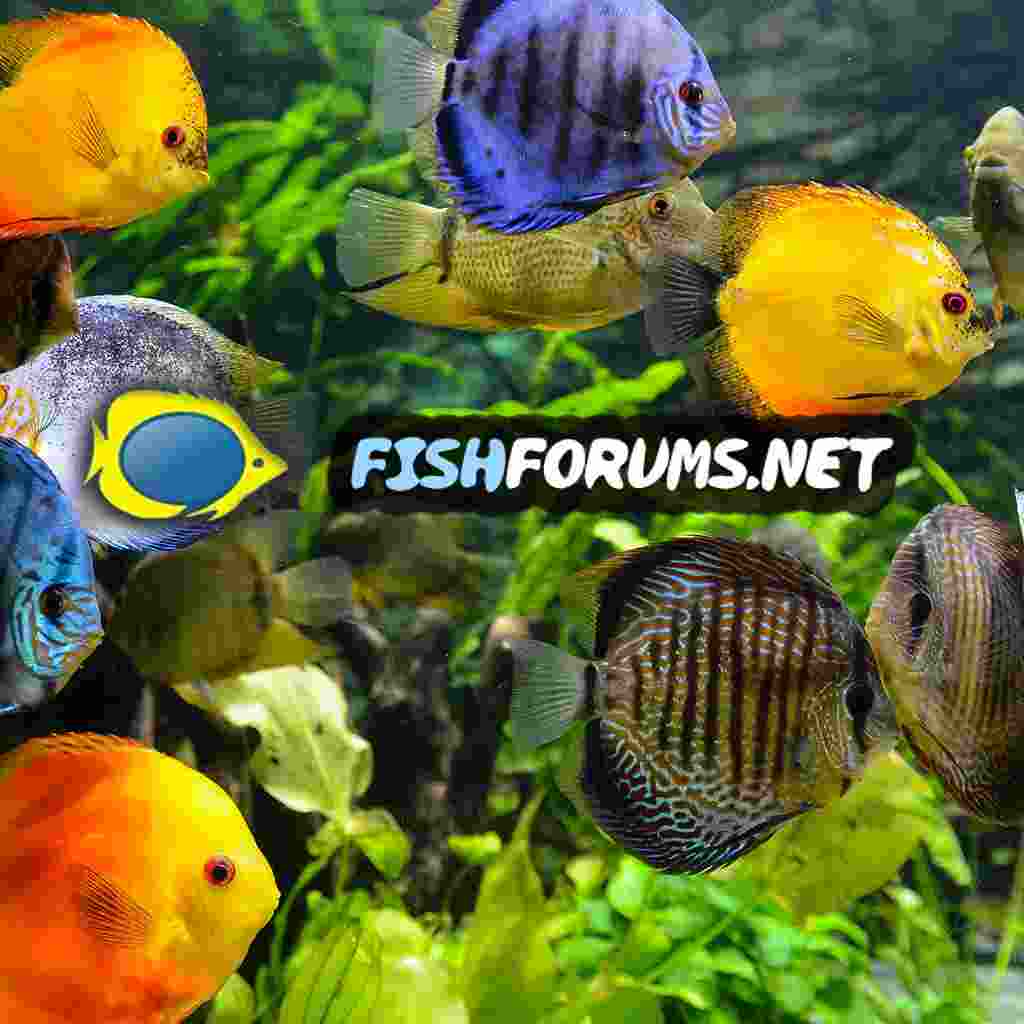Stevetheadi
New Member
Hi
The water was perfectly fine in my established 64L tank until I added more substrate.
Covering the old substrate has, I think, caused the nitrite (as measured by an API test kit) to spike. Today it is 4.0.
Ammonia is zero, PH is 8.5, nitrates are high (that's how it comes out of the tap) and the water is very hard.
It has been like this for about ten days despite daily 40% water changes and adding extra Seachem Prime. I have also been using AquaCare Bioboost which is used to accelerate cycling in a new tank.
I have stopped feeding the fish (six Rasboras and a couple of Corys). The fish seem fine, surprisingly.
Is there anything else I can do?
The water was perfectly fine in my established 64L tank until I added more substrate.
Covering the old substrate has, I think, caused the nitrite (as measured by an API test kit) to spike. Today it is 4.0.
Ammonia is zero, PH is 8.5, nitrates are high (that's how it comes out of the tap) and the water is very hard.
It has been like this for about ten days despite daily 40% water changes and adding extra Seachem Prime. I have also been using AquaCare Bioboost which is used to accelerate cycling in a new tank.
I have stopped feeding the fish (six Rasboras and a couple of Corys). The fish seem fine, surprisingly.
Is there anything else I can do?


